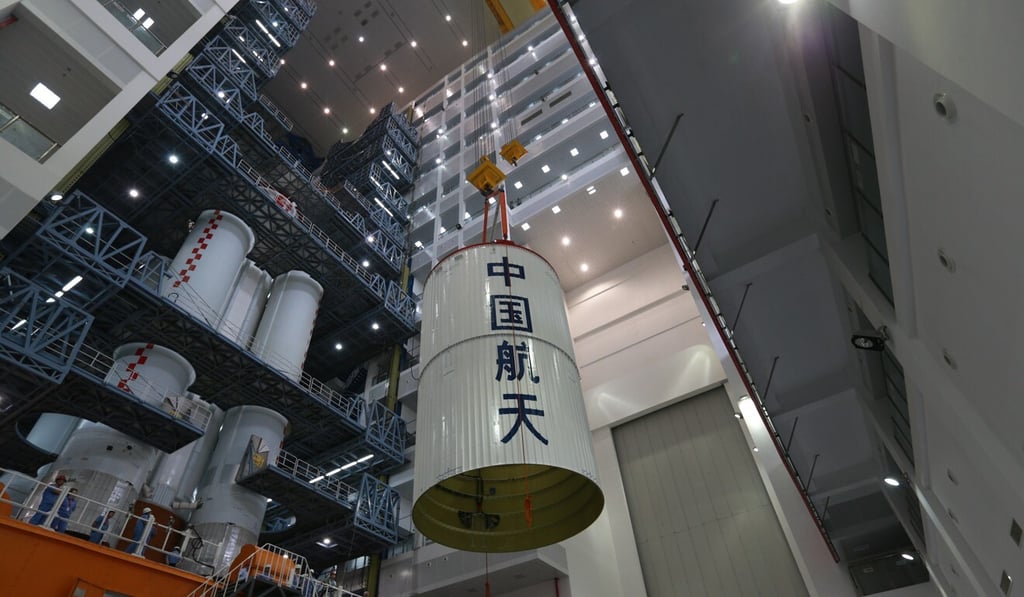China launches manned spacecraft prototype with new Long March 5B rocket
- Test flight includes next-generation capsule designed to take astronauts to planned space station
- It will be able to launch and land with three crew members and up to 500kg of cargo, according to state media

China successfully launched a prototype of its next-generation manned spacecraft – without astronauts – along with a new version of its heavy-lift Long March 5 rocket on Tuesday, its space agency said.
The capsule detached from the Long March 5B rocket eight minutes after being launched from Hainan Island and it was sent into its designated orbit, state broadcaster CCTV quoted the Manned Space Engineering Office as saying.
“The trial flight was a complete success,” the space agency said. “It is a prelude to the third step of China’s manned space programme.”
A modified version of China’s most powerful rocket, the Long March 5B is 53.7 metres (176 feet) tall. It carried the next-generation crew capsule prototype designed to replace the Shenzhou spacecraft, to transport astronauts to its planned space station in low-Earth orbit.

The prototype capsule has a different configuration to Shenzhou’s and it will be able to launch and land with three astronauts on board as well as up to 500kg of cargo, according to state news agency Xinhua. That will mean it can be used to transport research specimens and hardware from the space station back to Earth.